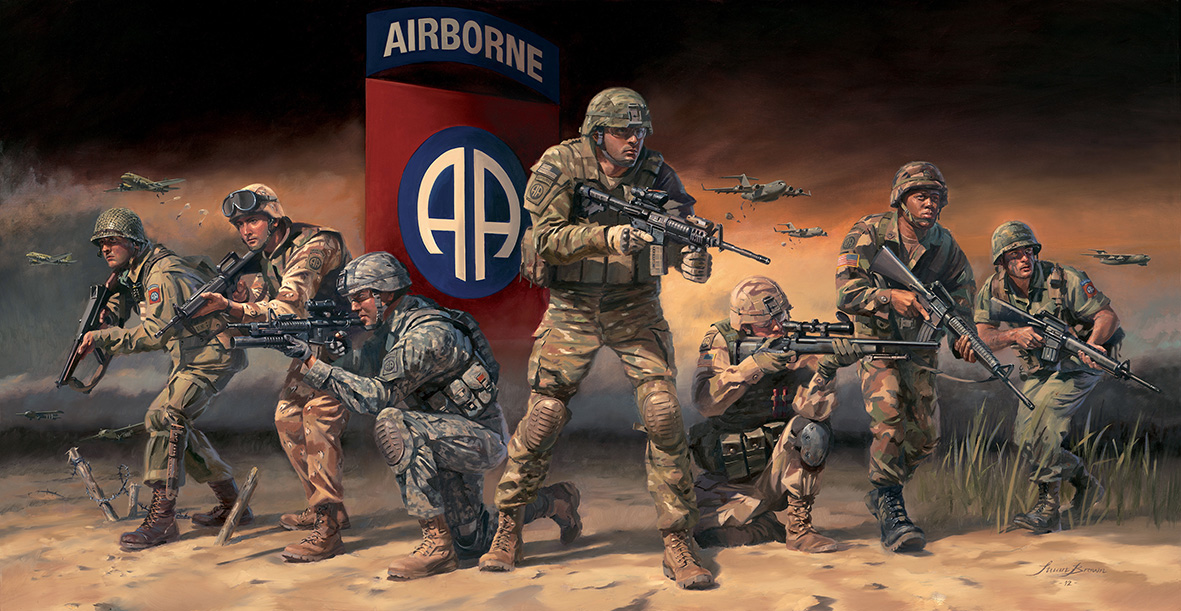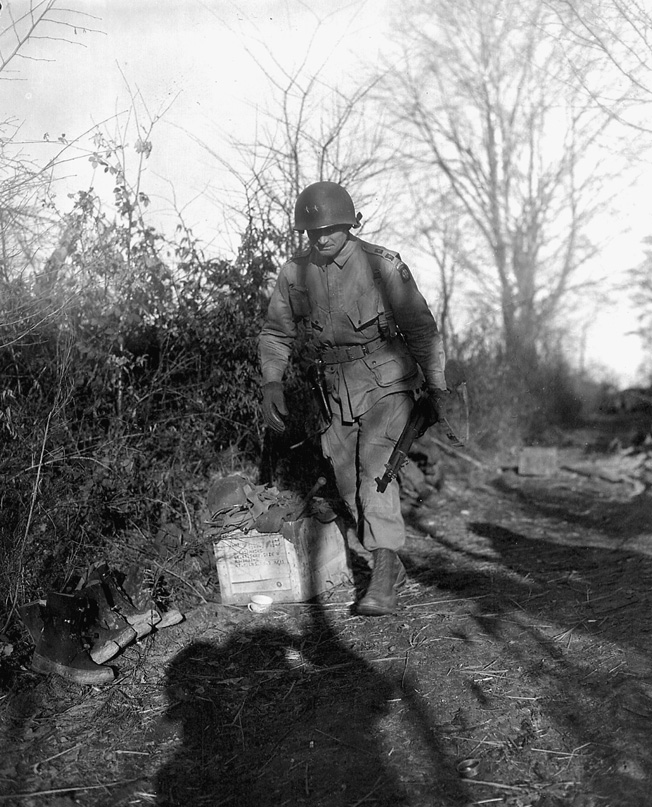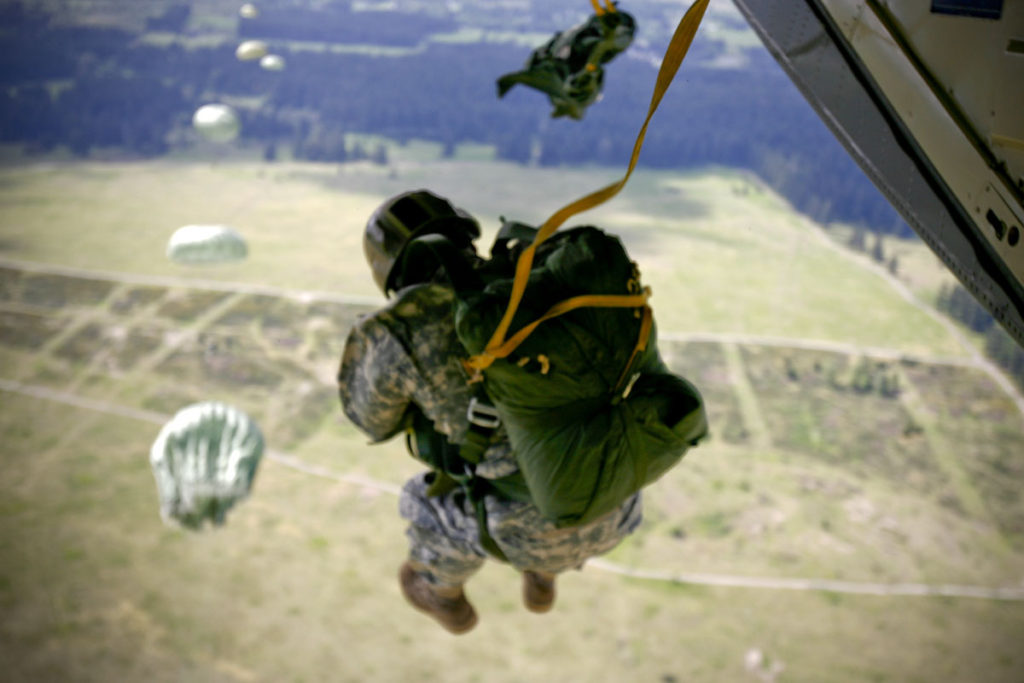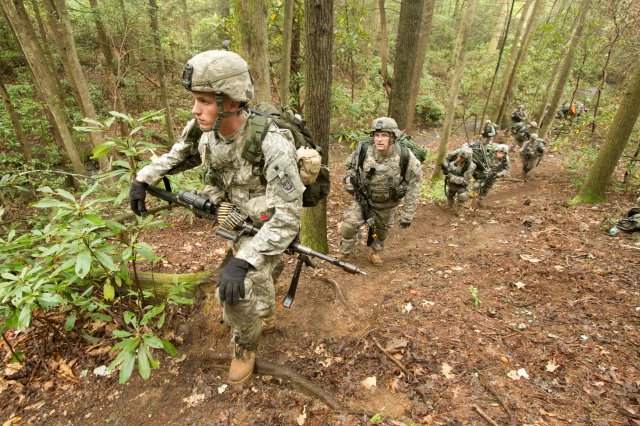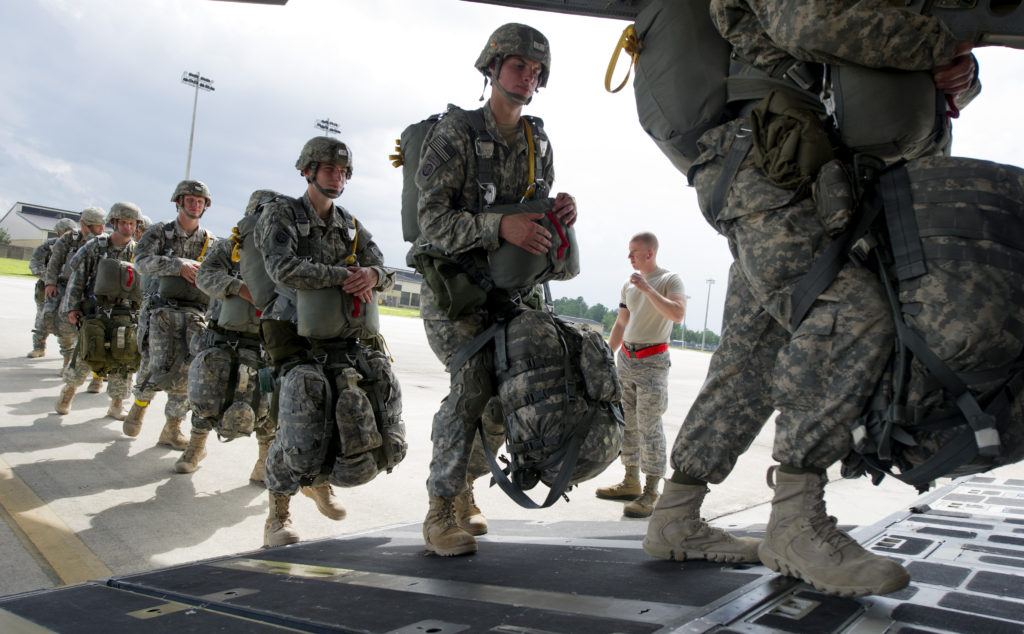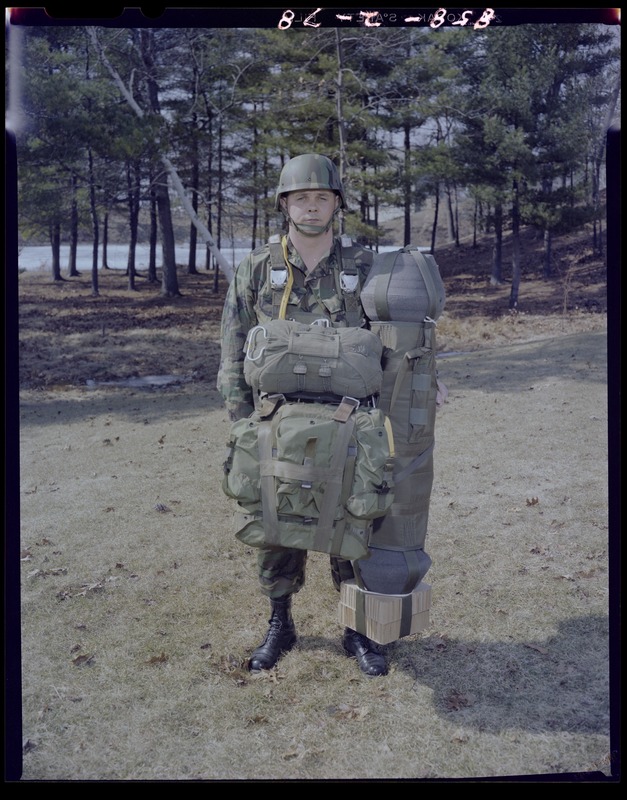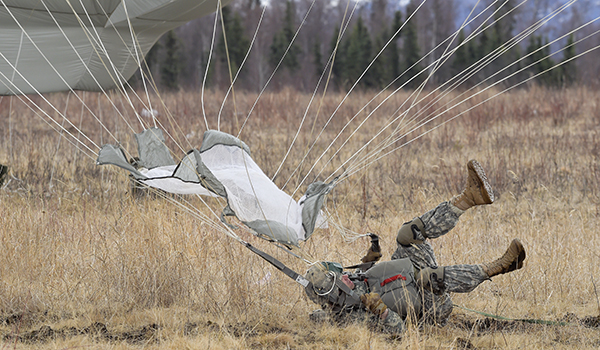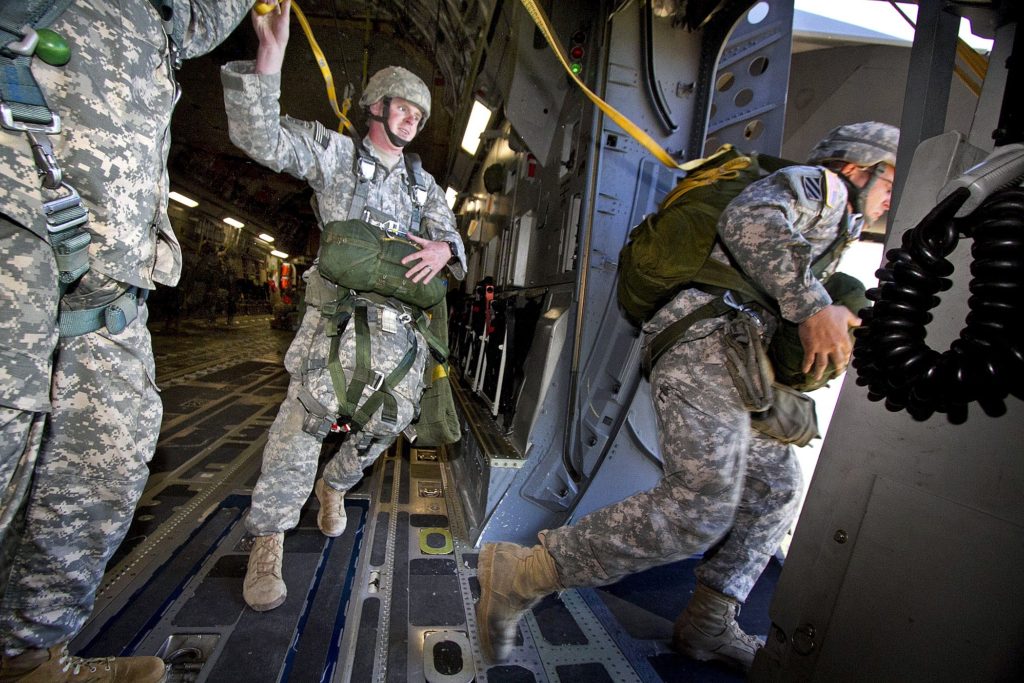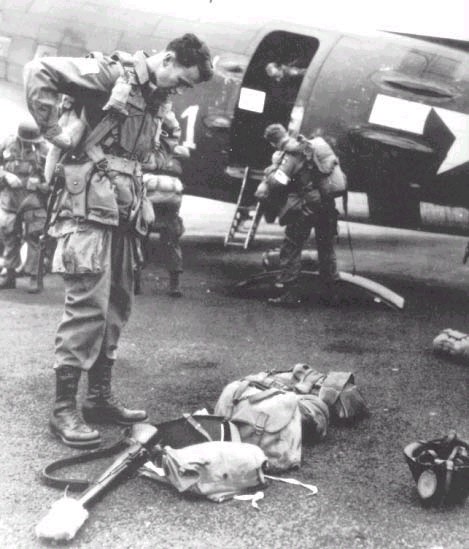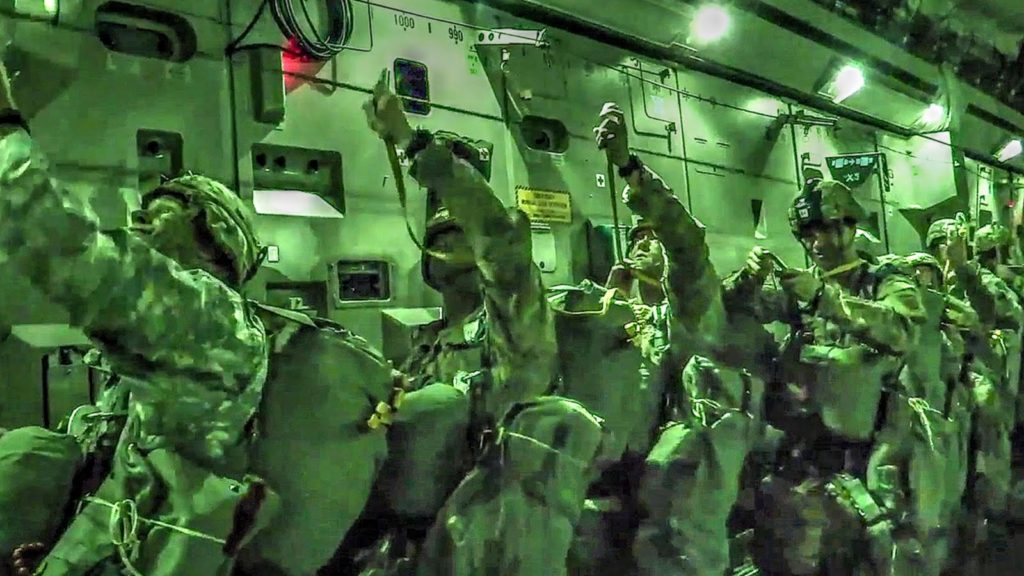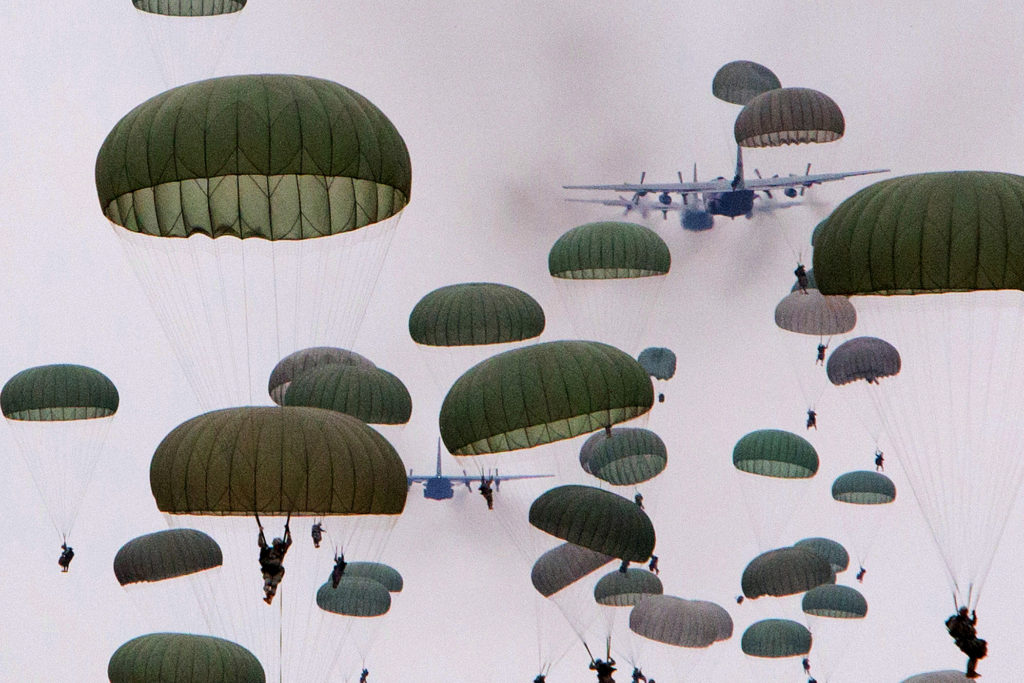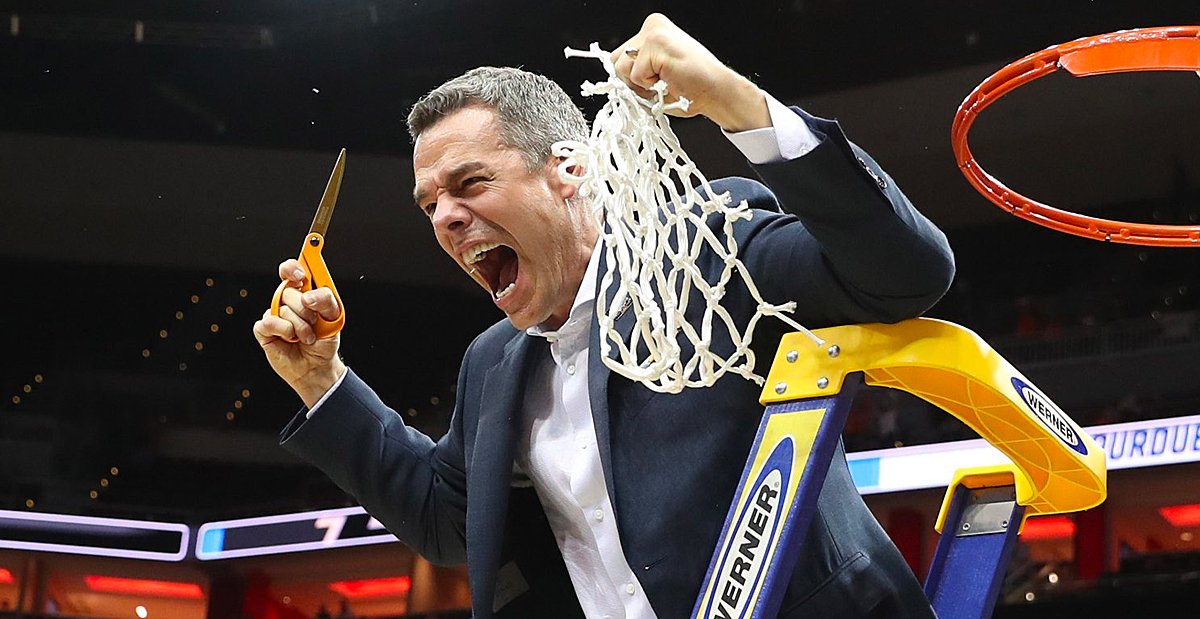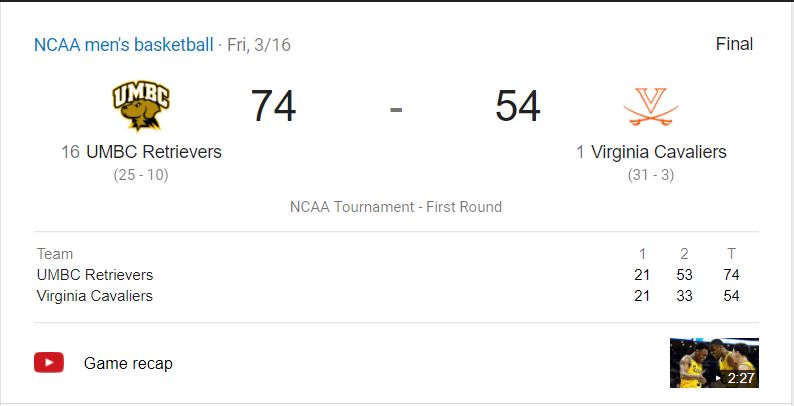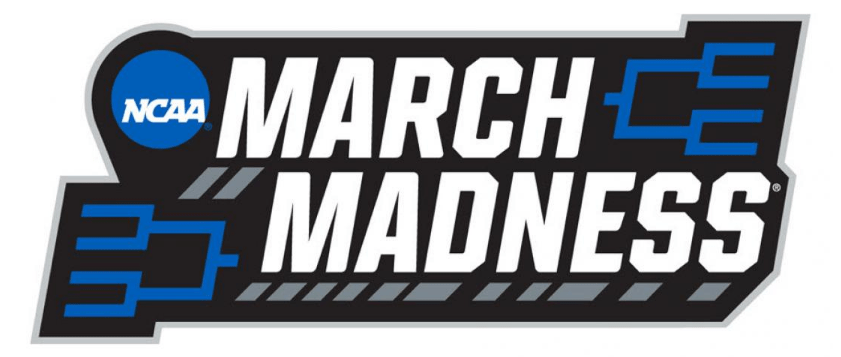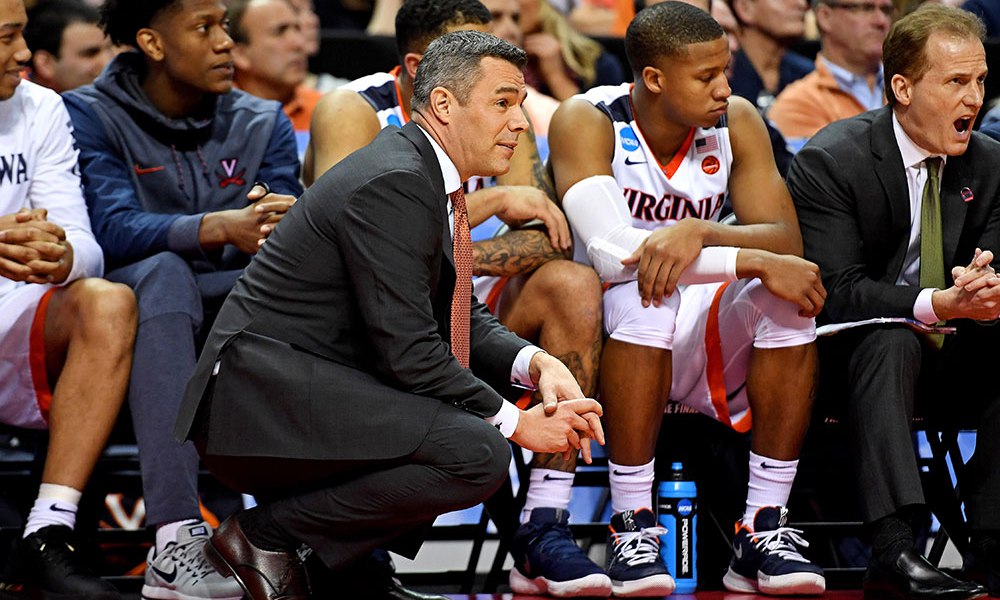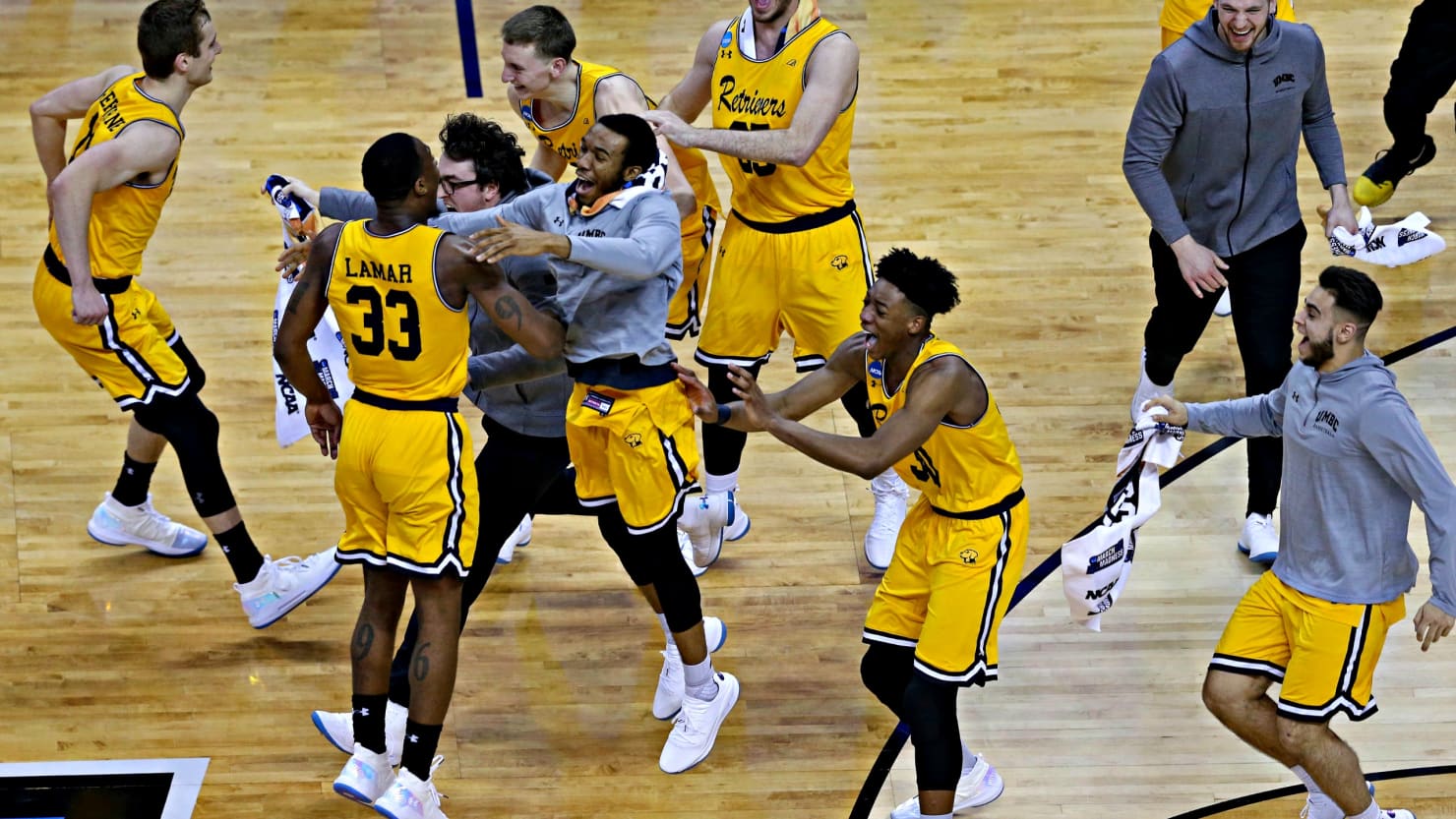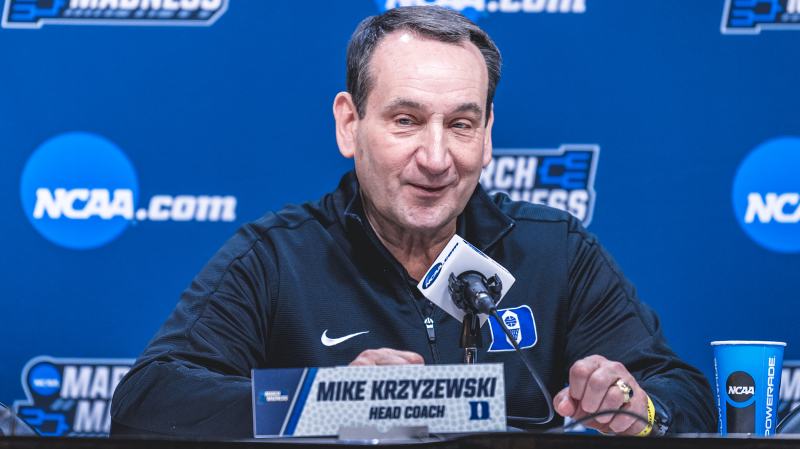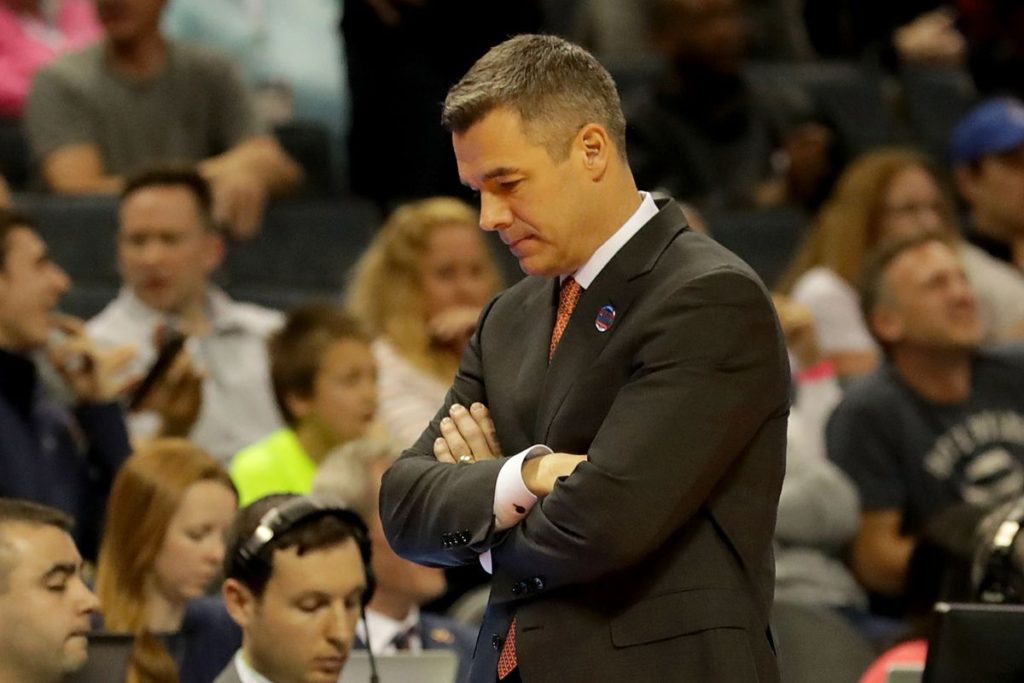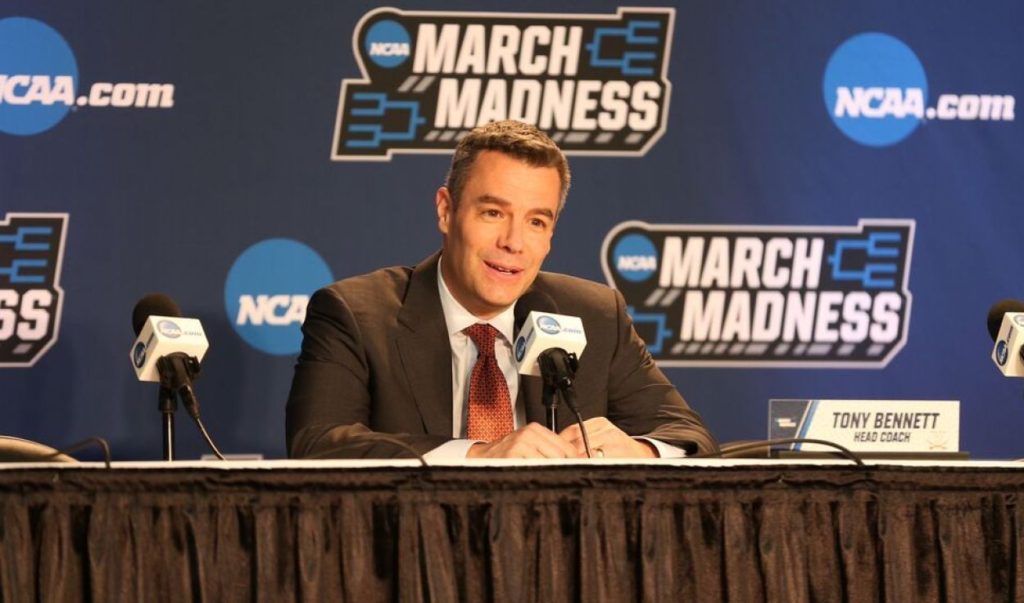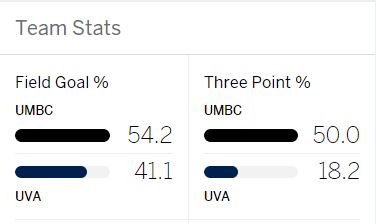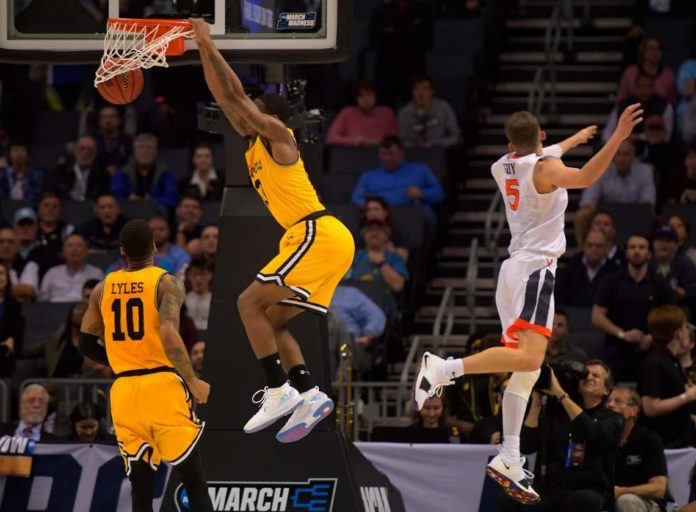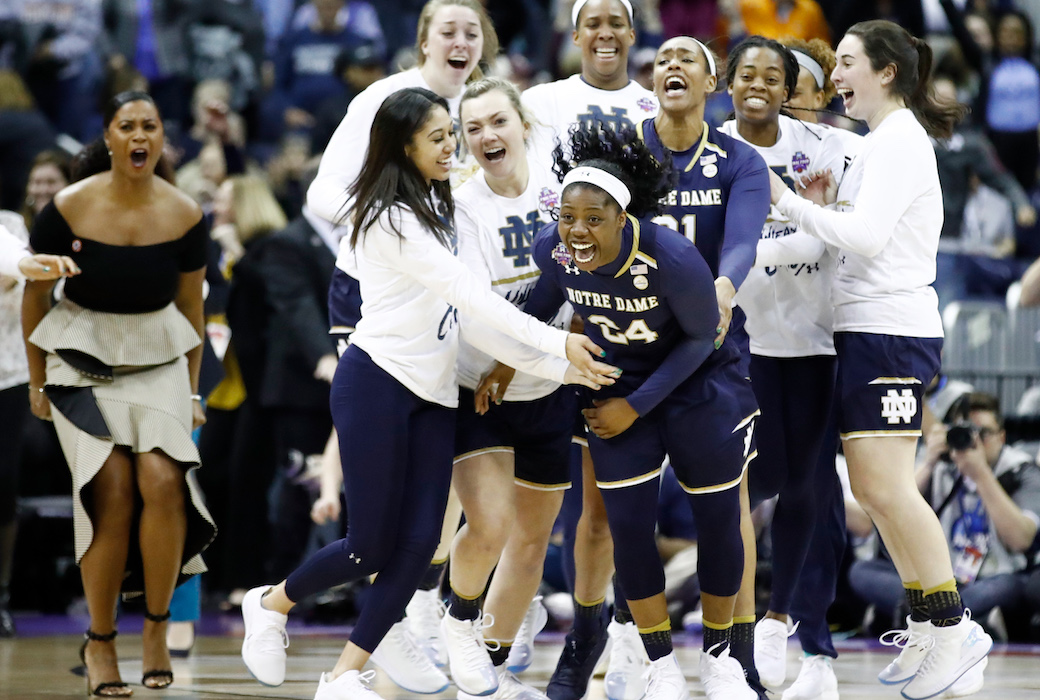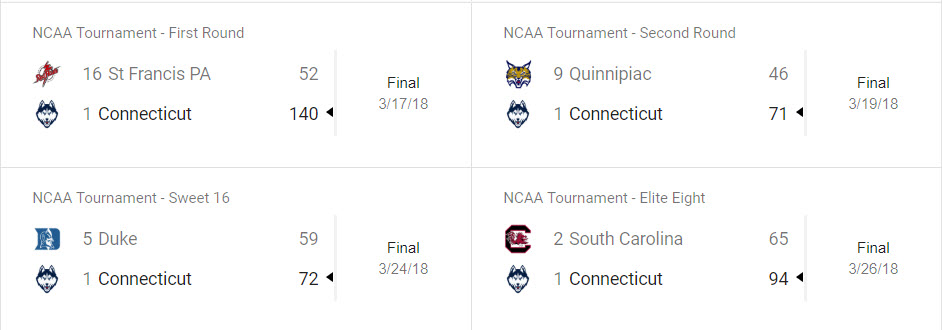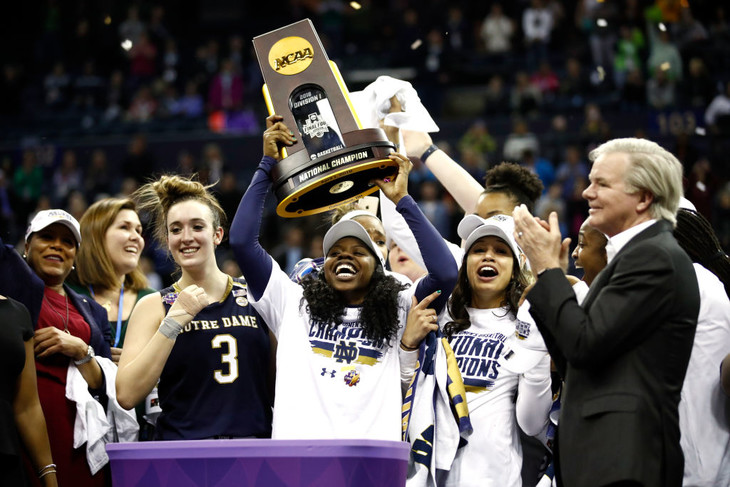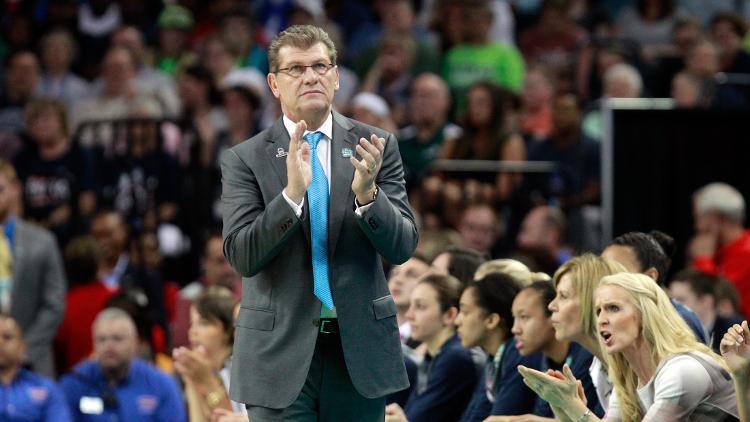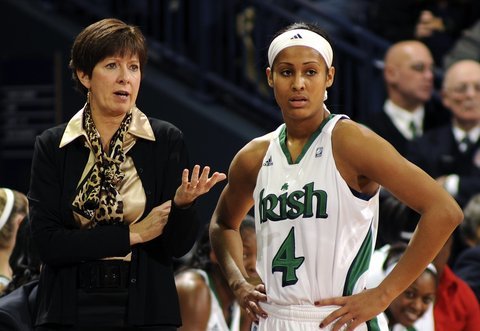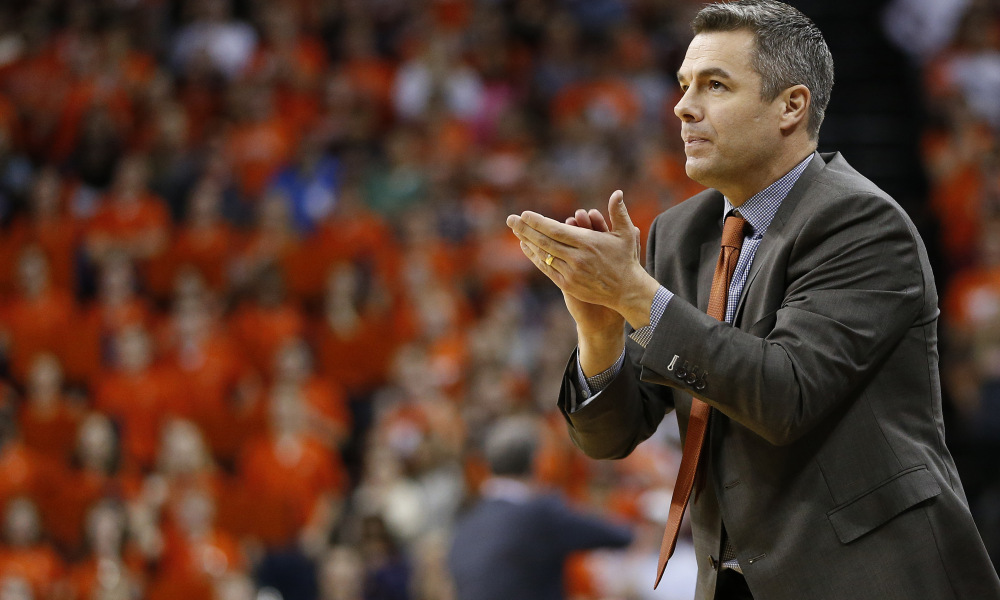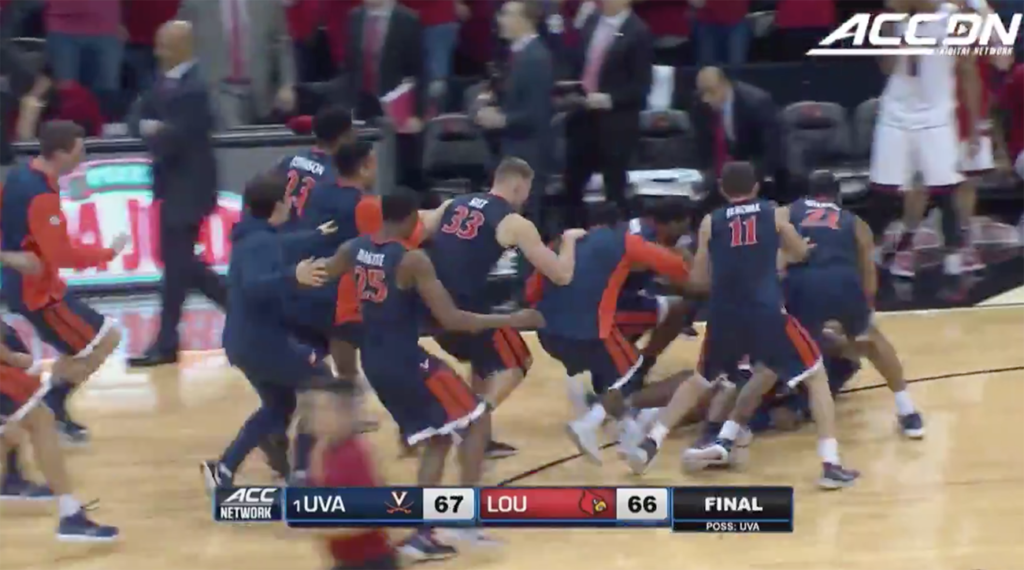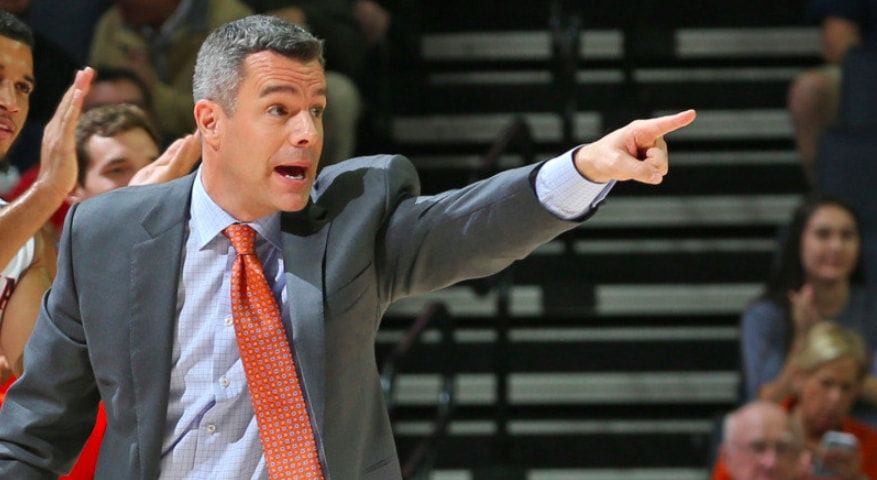I stood at attention as my company commander yelled. He was extolling our entire unit about the importance of physical fitness. He was emphatic. All paratroopers need to be in tip-top shape. No exceptions…no excuses. Over one hundred of us endured this speech. I was confused about why he kept going on and on. I completely agreed with him. We all concurred. Little did he know at the time that these words would come back to haunt him later. His integrity would become an issue. It was 1991. I was an Infantry Officer in the 82d Airborne Division, home of the All-American paratroopers.

He could not keep up with the pace
A few months later our company was participating in a battalion run. I do not recall exactly how long it was – probably four to five miles. The pace was challenging, but not severe. Our company commander was struggling to keep up. He was sweating profusely. He showed signs of complete fatigue. Several of his paratroopers yelled encouraging words. You can do it! Hang in there, sir. I was shocked by what happened next. He quit. Rangers don’t quit. He moved to the side of the formation and stopped running. One of my peers took his place at the front and we kept going.
I will never fail a fellow paratrooper. I cherish the sacred trust and the lives of men with whom I serve. Leaders have my fullest loyalty, and those who I lead will never, never find me lacking.
Airborne Creed
He embarrassed all of us
Officers do not fall out of running formations in the 82nd Airborne Division. It simply does not happen unless you become injured or physically sick. This run was the first time I saw a commanding officer not measure up. He was embarrassed, and so was his entire company. Afterward, he apologized to all of us. The harsh words from his speech a few months earlier came to mind. He was done as our leader, and he knew it. He probably did not understand it at the time, but he had violated the three hard truths about integrity.
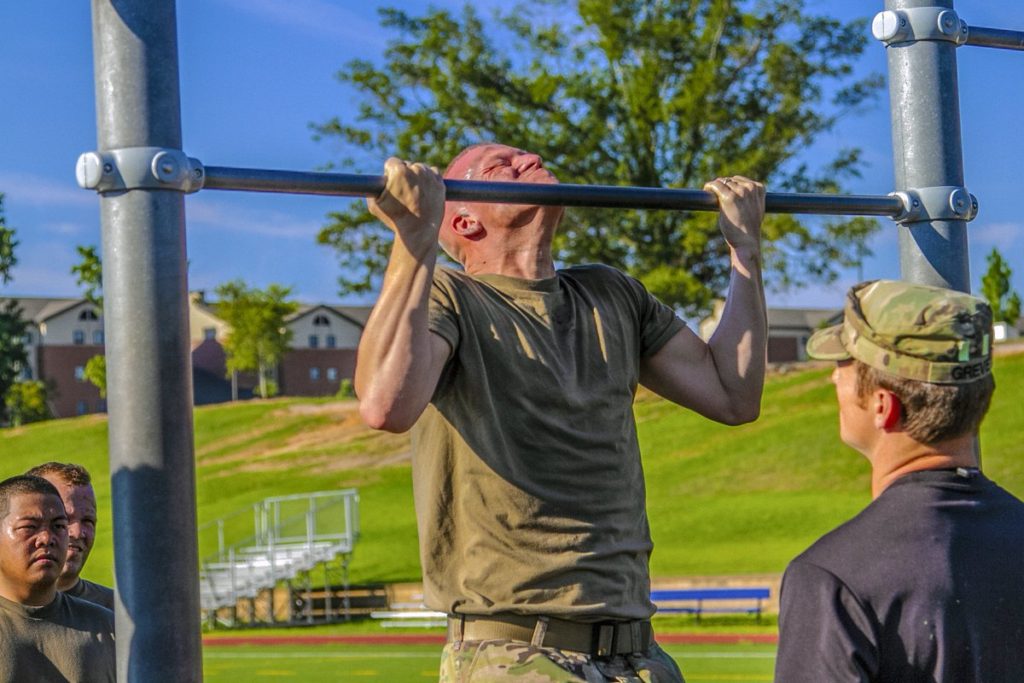
Truth #1 – Team members will pay special attention to your individual integrity as a leader
If you are a leader do not be surprised if your team members spend time and energy trying to figure you out. It is perfectly natural. As a human being, you want to know about the person in charge. Some want to know about how you lead. While others are interested in your background. What shaped you to be who you are today. A few will even wonder why you are in charge and they are not. All of them will be paying special attention to your individual integrity. Are you worth trusting, or not? I know this to be true because I faced this scenario as a new Army Officer and in every situation since then. If you ignore this truth, you will pay the price.

Truth #2 – They track three integrity attributes – ‘who you are’, ‘what you say’, and ‘what you do’
As a leader, your team members will be constantly gathering data about you. They will track ‘who you are’, ‘what you say’, and ‘what you do’. Many questions will run through the minds of your team members. A dozen examples are provided below.
- What are you like…really?
- What is your personality?
- Are you a nice person?
- What are your strengths?
- What are your weaknesses?
- Are you competent?
- What do you want them to do?
- Do you care about them?
- What are your opinions?
- What is the strategy?
- Do you have a good plan?
- How do you make a decision?
It probably does not seem fair that you face this much scrutiny as a leader. It isn’t. However, it is the reality you face. If you cannot handle it, then do not take a leadership role. Do something else. Your team deserves someone who wants the role at a minimum.
Becoming a leader is synonymous with becoming yourself. It is precisely that simple and it is also that difficult.
Warren Bennis
Truth #3 – If your three integrity attributes do not align, then the team will not trust you
As a leader, you want your integrity attributes (‘who you are’, ‘what you say’, and ‘what you do’) to align. Disconnects will lead to confusion with your team members. They may question your ability to lead because they do not trust you. Trust is crucial for a leader. In fact, it may be the most important thing you need as a leader. If your team does not trust you as a leader you will face difficult days ahead. Trust me – I have seen leaders violate this truth many times and it always comes back to bite them. Trust matters.
A simple example – ‘who you are’ does not match ‘what you say’
Let’s start with a simple example. You go to the gym and are assigned a personal trainer. He is your leader. You meet the trainer and the first thing you notice is that he is not in shape at all. He proceeds to tell you all the things you are going to do to get in top physical condition. The first thought you have is why should I listen to this trainer? If he cannot stay in shape himself, how in the world can he help me? His appearance does not match his words. Who is he? Certainly not an athlete. This disconnect bothers you. You may ask for a different trainer. I know I would.

Another easy example – ‘what you say’ does not match ‘what you do’
In this example, you work for a leader who is adamant that everyone shows up to work early. She tells your team that all of you have to be in the office no later than 8 AM every day, to include Fridays. No excuses. She punishes those who show up late. After a few weeks, you and your team members start to notice that your boss usually arrives at work around 9 AM, and even later on Fridays. You become disgruntled because there is a double standard. One that you cannot do much about until you are in charge. Make a mental note – your team will hold you to the same standard of integrity.

One final example – my poor company commander was a hot mess
Let’s finish where we started – my company commander’s speech. He was doomed to fail. He did not think about how his followers viewed him as a leader. They were constantly sizing him up and found him wanting. He underestimated how much attention they paid to ‘who he was’, ‘what he said’, and ‘what he did’. He was not an athlete. You could tell by looking at him. Imagine the response from those in the audience that day who stayed in top physical condition as he waxed poetic about working out. They probably thought he was an idiot. Eventually, my commander’s integrity flaws came to light when he quit the run. He never recovered from that fall and ended up getting fired for other integrity problems that surfaced later.
Never shall I fail my comrades. I will always keep myself mentally alert, physically strong and morally straight and I will shoulder more than my share of the task whatever it may be, one-hundred-percent and then some.
Third stanza of the US Army Ranger creed
What about you?
Are you paying attention to your personal integrity? Do your integrity attributes align? Does ‘who you are’ align with ‘what you say’ and match ‘what you do’? If so – excellent. Keep up the great work. If not – do something about it. Don’t confuse your team members and erode their trust.
ATW! is designed to make you a better leader
I hope you join me on this journey to raise up the next generation of leaders. The world is in desperate need of more great leaders. Women and men who lead with confidence, clarity, and creativity. It’s time to become the leader that your world needs. Let’s go All The Way!

